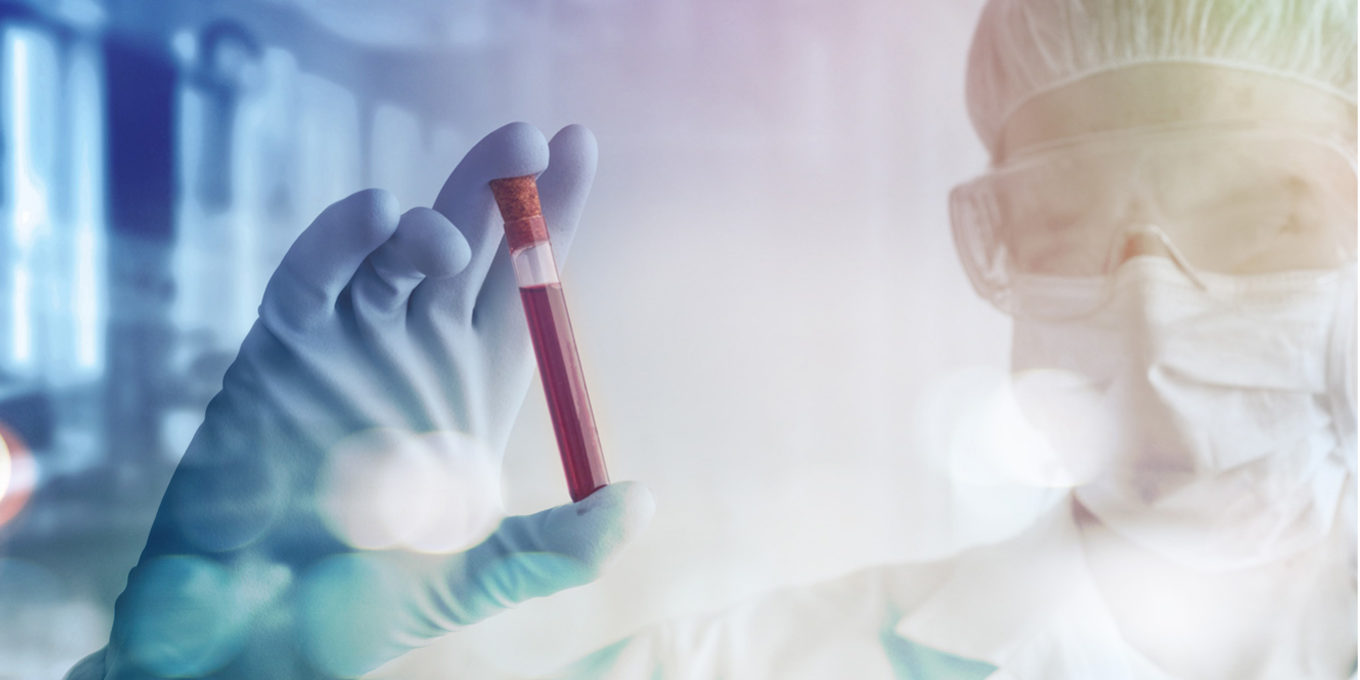India stands as the second most populated country in the world. It may sound as a statement of pride and happiness, but it also makes it difficult for the wheels of healthcare in reaching the nook and corner of the country. Despite that fact, India is making headways in the international healthcare market, largely due to its booming economy. Post the ‘Make in India’ plans, our country is attracting investments from all over the world.
Lately, major technological advancements and higher efficiency systems made us witness immense progress in the diagnostics sector. Leading-edge technologies are being used to understand disease prognosis and it paved a way for the Diagnostic medical imaging sector to become the most rapidly growing fields in the Indian medical devices market. Here we are presenting 5 major reasons to attribute the prediction that India will soon become a global leader in high-quality affordable diagnostic solutions.
Number predictions – An unimaginable growth is possible
The Indian diagnostics market can be broadly classified into equipment, reagents, and services. Even though the service sector is cluttered, major healthcare players in India grouped and clustered it in tier 1 and tier 2 cities. Let’s closely examine the numbers under the magnifying glass.
The size of the Indian In Vitro Diagnostics (IVD) market
- 531 Million USD in 2011(Source: McEvoy & Farmer 2011)
- 900 Million USD by 2016 ↑ (Source: Frost and Sullivan)
- 32 Billion USD by 2022 ↑ (Source: Business Insider)
The Diagnostic Services Market is expected to continue its growth at 27.5% for the next 5 years
Untapped potential – eCommerce
Even though the numbers look healthy, the diagnostic industry still has untapped potential, for instance – eCommerce. In India, if the major eCommerce players adopt the diagnostic market, the industry can be regulated and soon it will develop an immense potential to grow further. Factors like the ease of use, convenience, doorstep delivery, online payment, cash on delivery and other multiple options will contribute enormously to this growth.
Likewise, if more and more major players adapt to this eCommerce way of doing business by developing their own eStores, they can mint revenues easily. Soon, this can be expanded to other healthcare services like medicines, home care services, ambulance, etc.
Initiatives by the Government
The Indian government, on its part, is promoting the sector with the help of positive regulations such as Health bill. This aims to bring the independent bodies like the Medical Council of India (MCI), Dental Council of India (DCI), Pharmacy Council of India (PCI) and the Nursing Council of India (NCI) under one umbrella to function together for better results.
Annually, the Government is also promoting the medical tourism through various allied activities to increase the revenue of the sector. It also develops associations and private-public partnerships for various Research & Development (R&D) activities. Overall, it is taking various measures to make the atmosphere more conducive, thus attracting the foreign companies to invest here.
Infrastructure Development
The infrastructure development in the Indian healthcare industry has been indirectly helping the diagnostics market of India to boom to some magical figures. With a compound, annual growth rate (CAGR) of 18.1 percent from 2009 to 2016, IVD has emerged as one of the most profitable markets in the Indian healthcare industry. Enhancements in the corporate hospital infrastructure and installation of automated and semi-automated biochemistry, immunology, and hematology equipment have enabled the market to achieve this healthy growth rate.
Even niche sectors like lifestyle and communicable diseases are no longer restricted to urban areas, as they are now accessible to both suburban and rural areas. Most of the patients are now even visiting health centers outside their village for diagnosis and treatment. These changes such as, higher healthcare spending, better R&D, rising incidence of diseases due to population are now forcing the leading healthcare providers to reach out to patients in tier III cities and rural areas.
Aggregating the fragmented Diagnostic Sector
Even though the leading healthcare providers are expanding their realm, it will be difficult for the healthcare companies to cater to them as the IVD market in India is highly unorganized and fragmented. The major reason for this fragmentation is the provider’s inability to go through the low entry barriers. It also gives room for complete lack of standardization when it comes to labs in rural India. Stats reveal that only 150-200 laboratories in India have proper accreditation and their lack of legislation, standardized procedures and equipment.
To address this demand for quality healthcare, several corporate laboratories and healthcare providers are stepping up by introducing cost-effective and convenient patient care packages. Various schemes like ‘Make in India’, relaxations in the manufacturing cost will now allow the manufacturers to provide the diagnostic solutions in a much affordable manner.
We must understand the fact that we can’t invite progress just by making the crucial diagnostic tests available. They also need to be made affordable and accessible to create a real impact. The three major pillars of the healthcare industry – the Manufacturers, the Providers, and the Government are taking necessary steps to make India a powerful hub of quality Diagnostic solutions in the near future.
Sources
- Indian Journal of Medical Research
- Business World
- JBR Journal of Clinical Diagnosis and Research
- Researchandmarkets.com


